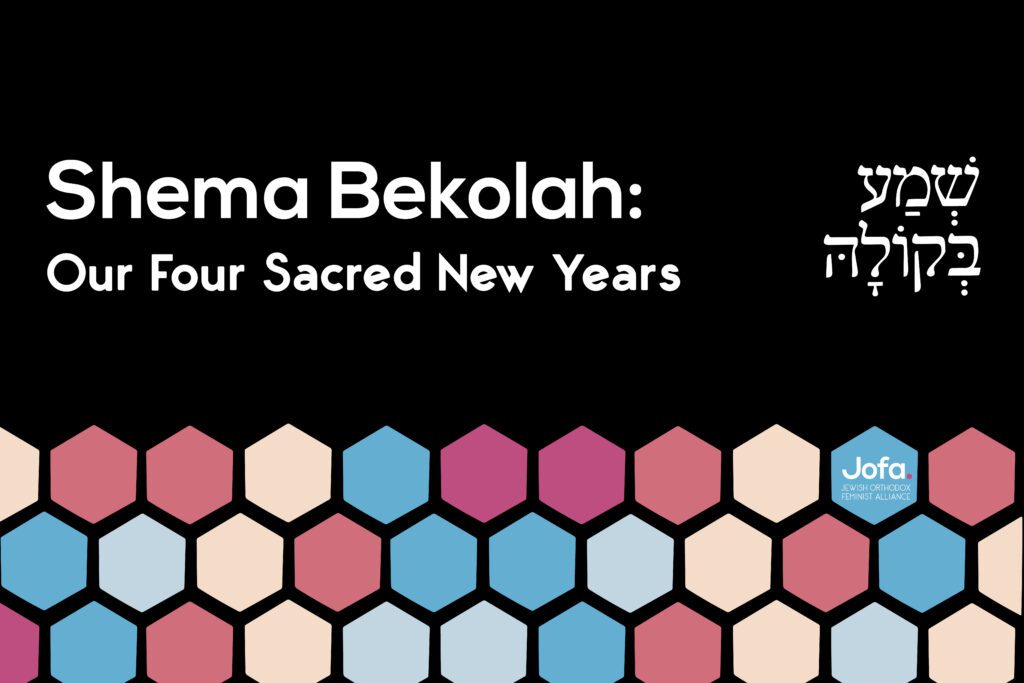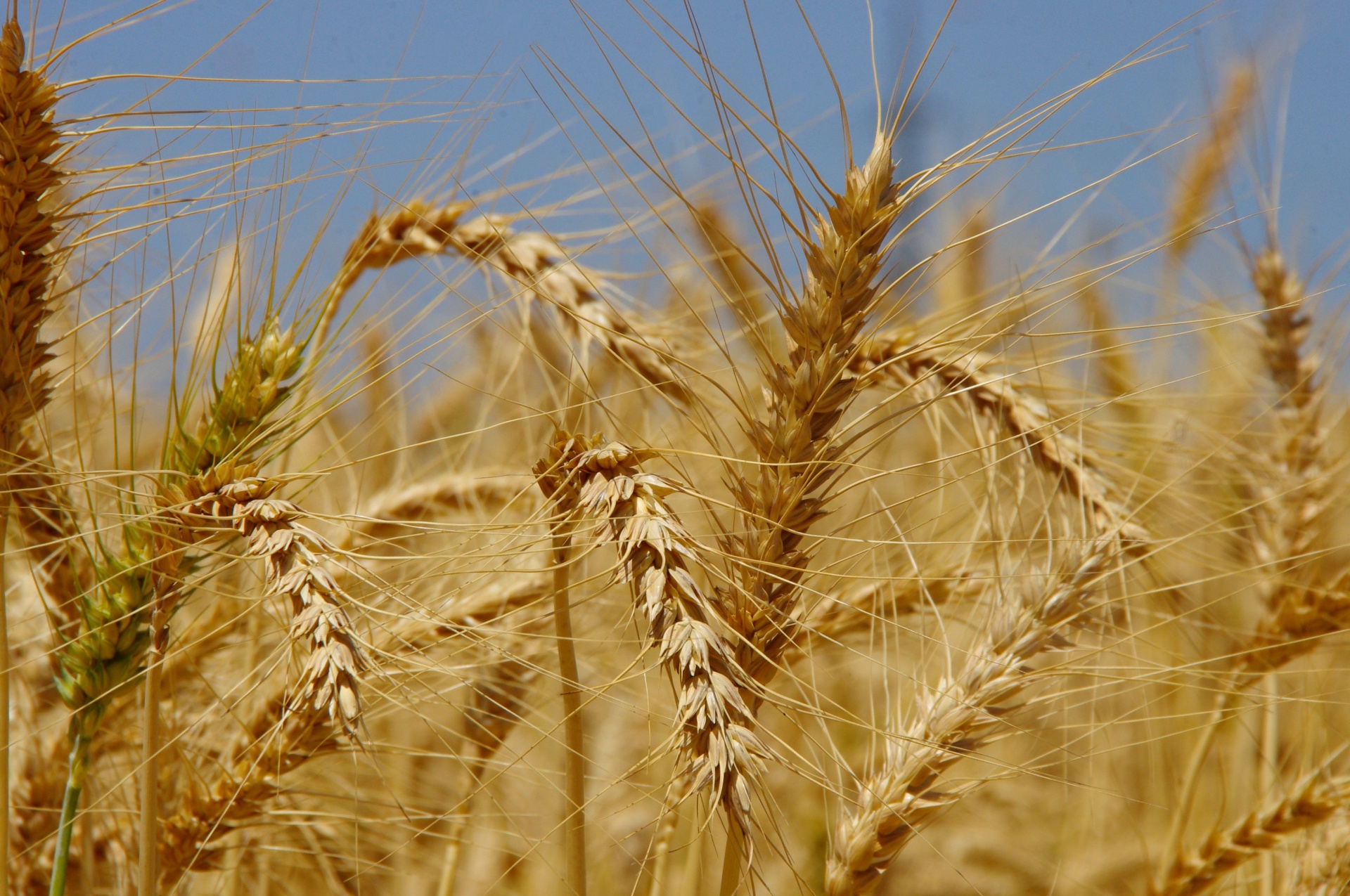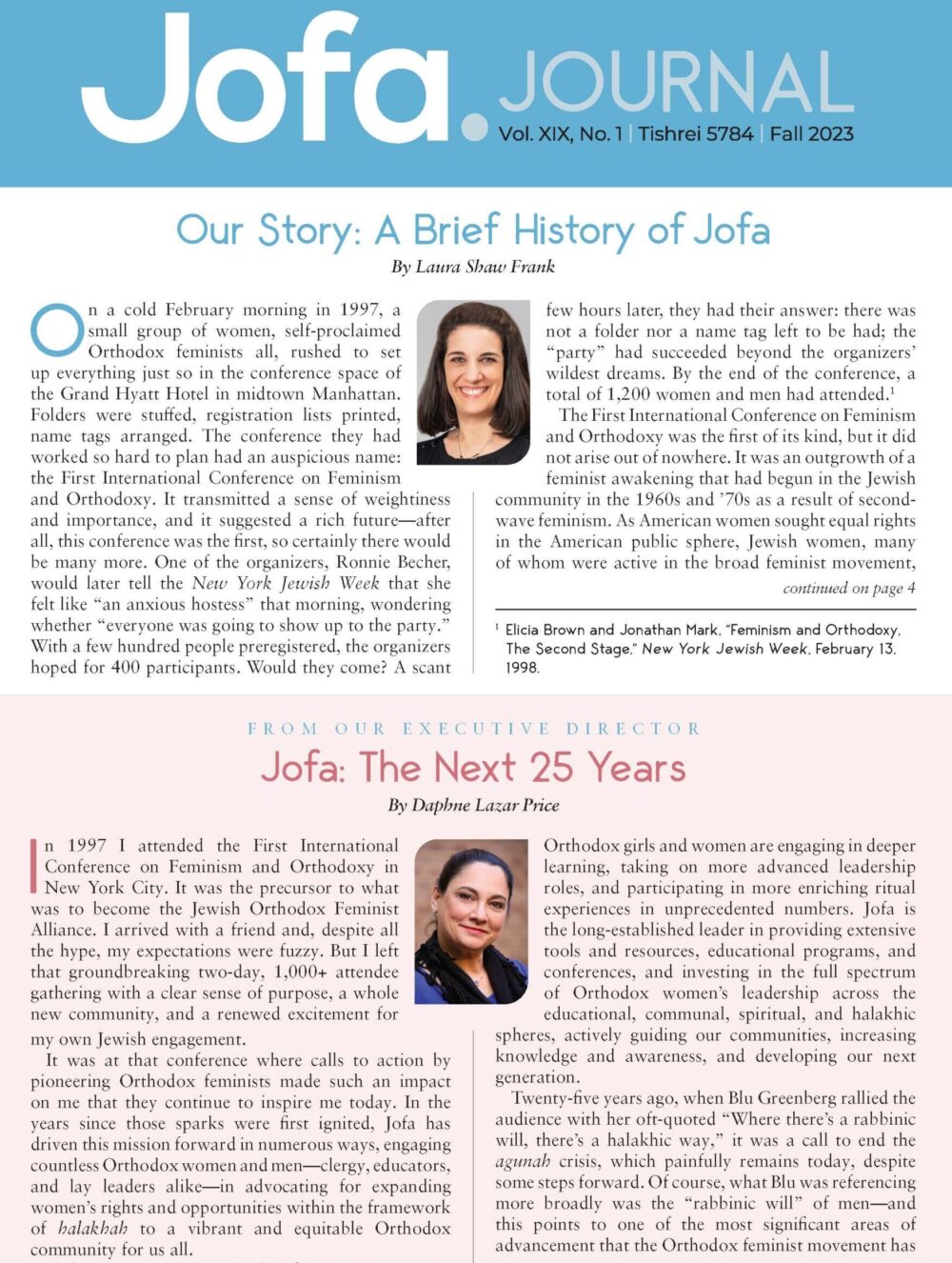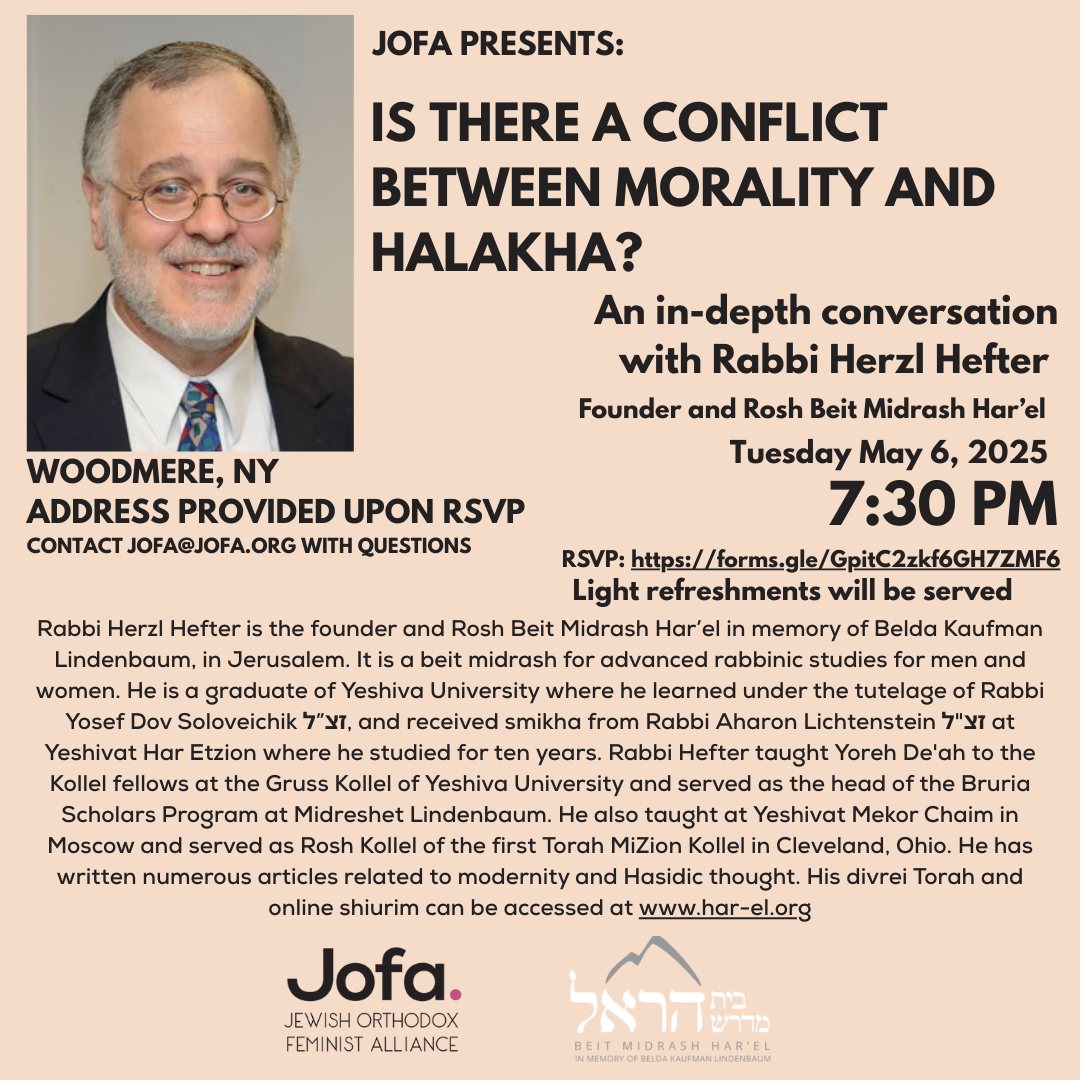by Nomi Kaltmann
Rosh Hashanah, the Jewish new year that takes place each year in Tishrei involves an abundance of ritual and preparation. We blow the shofar; we eat symbolic foods; we prepare ourselves for long hours of communal prayer. We celebrate the ushering in of the Jewish new year with festive meals and reflecting on our conduct over the past year. Together with our families, we eat pomegranates and other delicacies and collectively celebrate making it to another year together. L’hayyim, we all say!
The start of a new year holds much special symbolism. Across cultures around the world, the new year is often ushered in with parties and celebrations. If new years have been happening since the onset of calendars, why do they generate such exuberant reactions each year? Such celebrations must be tied to a deeper, intrinsic human need that speaks to something deeper within ourselves.
After all, each year planning a celebration means that humans choose to invest energy and resources, as well as often identify a new set of goals for the year ahead. These rituals take time and motivation and speak to a deeper need, one that links the new year to the human desire for renewal and improvement. Judaism breaks the universal mold of a new year’s celebration by offering a model of multiple new years. Rosh Hashanah is one of four annual “new year’s celebrations,” listed in the Mishnah, each with its own importance and representation:
Mishnah Rosh Hashanah 1:1
(א) ארבעה ראשי שנים הם.באחד בניסן ראש השנה למלכים ולרגלים.באחד באלול ראש השנה למעשר בהמה.רבי אלעזר ורבי שמעון אומרים, באחד בתשרי .באחד בתשרי ראש השנה לשנים ולשמטין וליובלות, לנטיעה ולירקות.באחד בשבט , ראש השנה לאילן, כדברי בית שמאי.בית הלל אומרים, בחמשה עשר בו.
The four new years are: On the first of Nisan, the new year for the kings and for the festivals; On the first of Elul, the new year for the tithing of animals; in the first of Tishrei. On the first of Tishrei, the new year for years, for the Sabbatical years and for the Jubilee years and for the planting and for the vegetables. On the first of Shevat, the new year for the trees, these are the words of the House of Shammai; The House of Hillel says, on the fifteenth thereof.
Let’s start by unpacking the four different new years celebrations. The first of Nissan is considered the new year for counting the reign dates of the Jewish kings of ancient Israel. It also symbolizes the first month of the Jewish calendar, as festivals are counted from the first of Nissan onward. This date is intrinsically tied to the freedom of the Jewish people from slavery in Egypt, and commemorates the anniversary of our peoplehood. By marking the reign of the king at this time it reminds us that we are marking our exodus and emergence as a people from slavery to peoplehood and to self-rule.
The second Jewish New Year is the first of Elul. According to the Mishnah, this is the new year for providing agricultural ma’aser (tithes). This was an important time in the calendar, like yearly tax accounting periods, where one was obligated to take stock of their produce and pay their required donations. This also marked an opportunity where one could account for their blessings, their produce, and their successes (as well as areas for improvement!), a mere few months after the first of Nissan.
This leads to the third new year’s celebration—just one month later—Rosh Hashanah on the first of Tishrei. This is the anniversary of the creation of the world and the birth of humans. It celebrates the creation of people into the dynamic world that God created. It is also used for calculating the Sabbatical and Jubilee years, which play important roles in Jewish ritual.
The fourth and final new year is Tu Bishvat, the fifteenth day of Shevat, which celebrates the new year of the trees. It marks the date from which the age of trees is determined, meaning the biblical waiting periods for eating from agricultural crops begins on this date.
The fact that Judaism recognizes that there are four new years within each calendar year is revelatory. It shows that Judaism marks time differently, that the chance to start afresh is not a one time opportunity. With each new year bringing its unique rituals and obligations, Judaism emphasizes the possibility of a second (and third, and fourth!) chance.
The Mishnah recognizes that each of these time periods brings forth a unique opportunity for marking an occasion and for renewal. Each of these sacred time periods offers us the opportunity to express our humanity and desire for constant improvement.
We join together in Nissan to mark out peoplehood from the depths of slavery. When we mark the first of Elul, we recognize the tithing and tax systems that keep society running. And when we mark the birth of humanity and the birthday of the trees we acknowledge the duality of our system, one in which humans must abide by the laws of nature in order to celebrate the hope and creativity that God has allowed to flourish in this world.
As humans we all have an innate desire for belonging, to find meaning in our rituals and the traditions that allow us to find something greater in the world around us.
And yet, each time we gather together to mark a new time period, be it a birthday or a new year, we are finding the sacred in the ritual. We mark the occasions by gathering to acknowledge the changes in the world around us; to contemplate the way time is passing us by; and to ponder the meaning of what this passage of time means for our individual lives.
Judaism, with its rhythms and calendars, allows humans the opportunity to reach for balance. Multiple new years embedded into our calendar offer opportunities to find meaning with the different seasons of our lives. This calendar reflects a vision that God has for each one of us, namely, that our lives are not static and that each time offers its own opportunity for introspection and ability for self-expression.
And this is precisely why the new year, represents our desire for renewal and improvement. We want to be better. We want to have some control over our upcoming lives, because if the last year has taught us anything, it is that the future is highly unpredictable. We therefore use the sacred times set by God to resolve to do better. We take the opportunities to recommit ourselves. And in this way, we take back control over our lives with the rededication of our hearts and minds to God’s sacred obligations.
Nomi lives in Melbourne and is the founder and inaugural president of JOFA Australia. A qualified lawyer, Nomi has just finished her second year of study at Yeshivat Maharat. A former fellow at Tablet Magazine, Nomi’s work has appeared in many publications including The Forward, Religion and Politics Magazine and The Australian Jewish News.










